Hunting for Primordial Black Holes With NASA’s Roman Space Telescope
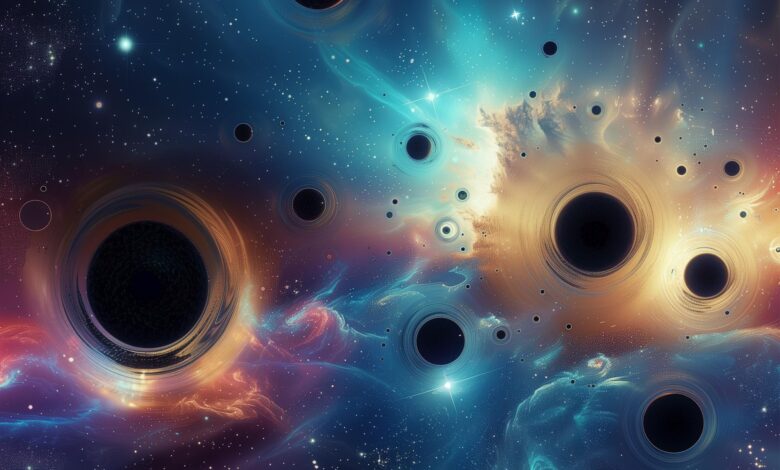
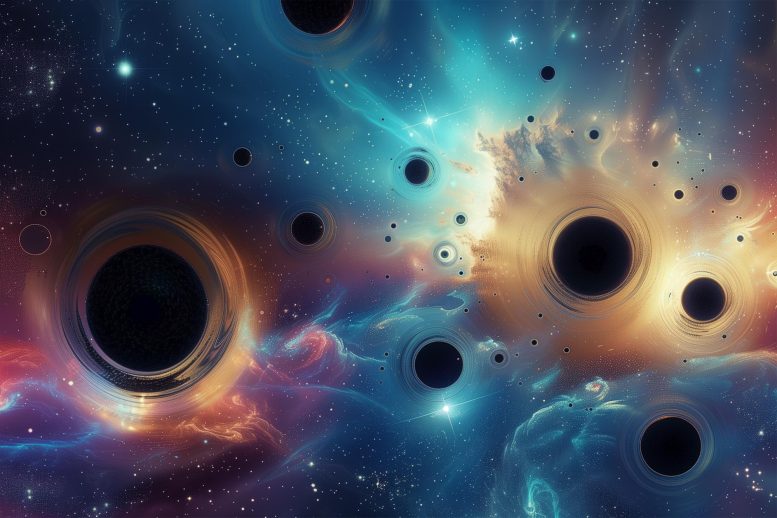
Recent research explores the potential of the Nancy Grace Roman Space Telescope to detect Earth-mass primordial black holes, a theoretical class of black holes believed to have formed during the early universe’s rapid inflation. These discoveries could confirm theories of cosmic inflation and suggest that primordial black holes contribute to dark matter, profoundly impacting our understanding of galaxy formation and the universe’s history. Credit: SciTechDaily.com
New studies suggest the Nancy Grace Roman Space Telescope could detect primordial black holes from the early universe, potentially confirming their role in cosmic inflation and as components of dark matter.
When astrophysicists observe the cosmos, they see different types of black holes. They range from gargantuan supermassive black holes with billions of solar masses to difficult-to-find intermediate-mass black holes (IMBHs) all the way down to smaller stellar-mass black holes.
But there may be another class of these objects: primordial black holes (PBHs) that formed in the very early Universe. If they exist, the Nancy Grace Roman Space Telescope should be able to spot them.
This artist’s concept takes a fanciful approach to imagining small primordial black holes. In reality, such tiny black holes would have a difficult time forming the accretion disks that make them visible here. Credit: NASA’s Goddard Space Flight Center
Formation of Black Holes
Stellar-mass black holes form when massive stars explode as supernovae. SMBHs grow over time by merging with other black holes. How IMBHs form is still unclear, but it could involve mergers between stellar-mass black holes or multiple stellar collisions in dense star clusters.
Primordial black holes, if they exist, didn’t have any of these mechanisms available to them.
“If we find them, it will shake up the field of theoretical physics.”
— William DeRocco, postdoctoral researcher, University of California Santa Cruz.
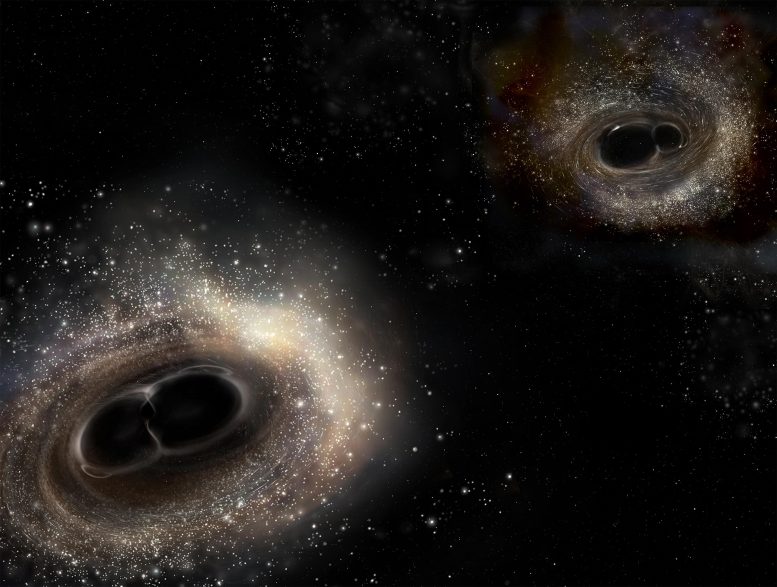
Artist’s impression of merging binary black holes. When they merge, they emit gravitational waves that observatories like LIGO can detect. Credit: LIGO/A. Simonnet
Theoretical Physics and the Roman Space Telescope
Nobody knows if primordial black holes exist. They’re theoretical. No physical process we know of can form them. But the early Universe was much different.
New research published in Physical Review D shows how the upcoming Nancy Grace Roman Telescope could detect these primordial Earth-mass objects. It’s titled “Revealing terrestrial-mass primordial black holes with the Nancy Grace Roman Space Telescope.” The lead author is William DeRocco, a postdoctoral researcher at the University of California Santa Cruz.
“Detecting a population of Earth-mass primordial black holes would be an incredible step for both astronomy and particle physics because these objects can’t be formed by any known physical process,” lead author DeRocco said. “If we find them, it will shake up the field of theoretical physics.”
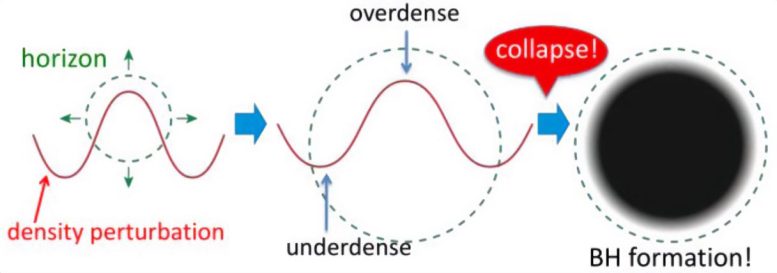
PBHs could’ve formed when overdense regions in the inflationary or early radiation-dominated universe collapsed. Credit: Gema White
Conditions of the Early Universe
In the modern Universe, only stars with at least eight stellar masses can become black holes. Less massive stars will become neutron stars or white dwarfs. (The Sun will become a white dwarf.)
But things were different in the early Universe. During a period of rapid inflation, space expanded faster than the speed of light. In these unusual conditions, dense areas could have collapsed into PBHs. The scale of these objects is remarkably small. They would be the size of Earth or smaller and have event horizons about as wide as a coin.
The least massive of these ones would’ve disappeared due to evaporation. That’s what Stephen Hawking figured out. But some, the ones as massive as Earth, could’ve survived.
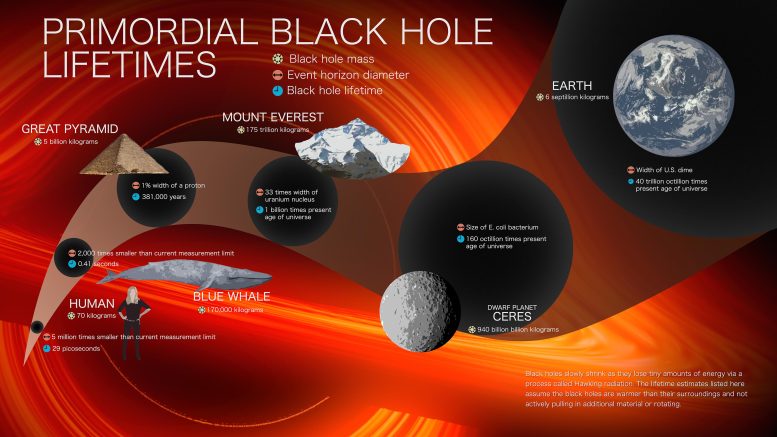
Stephen Hawking came up with the idea of black hole evaporation. He theorized that black holes slowly shrink as radiation escapes. The slow leak of what’s now known as Hawking radiation would, over time, cause the black hole to simply evaporate. This infographic shows the estimated lifetimes and event horizon – the point past which infalling objects can’t escape a black hole’s gravitational grip – diameters for black holes of various small masses. Credit: NASA’s Goddard Space Flight Center
The Role of Microlensing in Detecting Black Holes
Even though they’re theoretical, there are some evidential hints of their presence. Those hints come from gravitational microlensing.
Two efforts have used microlensing to study objects in the Universe. One is OGLE, the Optical Gravitational Lensing Experiment. Another is MOA, Microlensing Observations in Astrophysics. OGLE found 17 isolated Earth-mass objects in space.
These objects could be PBHs, or they could be rogue planets. Unfortunately, it’s very difficult to differentiate on an individual basis. But since theory predicts the masses and the abundance of rogue planets, that could provide a way for the Roman Telescope to tell them apart from PBHs.
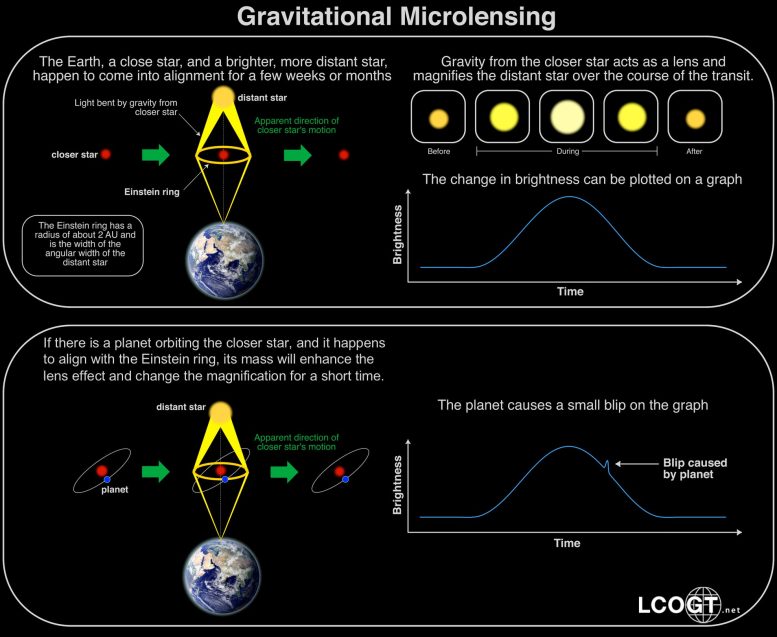
Planet OGLE-2012-BLG-0950Lb was detected through gravitational microlensing, a phenomenon that acts as nature’s magnifying glass. Credit: LCO/D. Bennett
“There’s no way to tell between Earth-mass black holes and rogue planets on a case-by-case basis,” DeRocco said. “Roman will be extremely powerful in differentiating between the two statistically.”
In their research, the authors explain it more fully. “The key point is that though PBH and FFP events cannot be discriminated on an event-by-event basis, the two populations can be distinguished by the statistical distribution of their event durations.” Scientists think that Roman will find 10 times as many objects in this mass range than ground-based efforts like OGLE and MOA.
The Impact of Discovering Primordial Black Holes
Finding primordial black holes would create a big upheaval.
“It would affect everything from galaxy formation to the universe’s dark matter content to cosmic history,” said Kailash Sahu, an astronomer at the Space Telescope Science Institute in Baltimore. Sahu wasn’t involved in the research but understands the impact the results would have. “Confirming their identities will be hard work and astronomers will need a lot of convincing, but it would be well worth it.”
If the Roman Space Telescope can find the black holes and confirm them, it could be a defining moment in astronomical history. The discovery would be strong evidence in favor of a period of rapid inflation in the early Universe, an epoch that so far is unproven. Physicists think there must have been a period like this as it helps explain so much else about the Universe.
Primordial Black Holes and Dark Matter
More excitingly, these primordial black holes could comprise a percentage of dark matter. A small percentage, but a massive improvement over our current understanding of what dark matter is. Scientists keep looking for things like WIMPs (Weakly Interacting Massive Particles) and other particles that could be dark matter, but they never find them.
“The nature of dark matter remains one of the most pressing open questions in fundamental physics. While multiple lines of compelling evidence indicate its existence, its microphysical nature remains unknown,” the authors explain.
The elegant thing about the Roman and PBHs is that it won’t require a special effort to find them. Roman will already search for planets. “Roman’s Galactic Bulge Time Domain Survey is expected to observe hundreds of low-mass microlensing events, enabling a robust statistical characterization of this population,” the authors write in their paper.
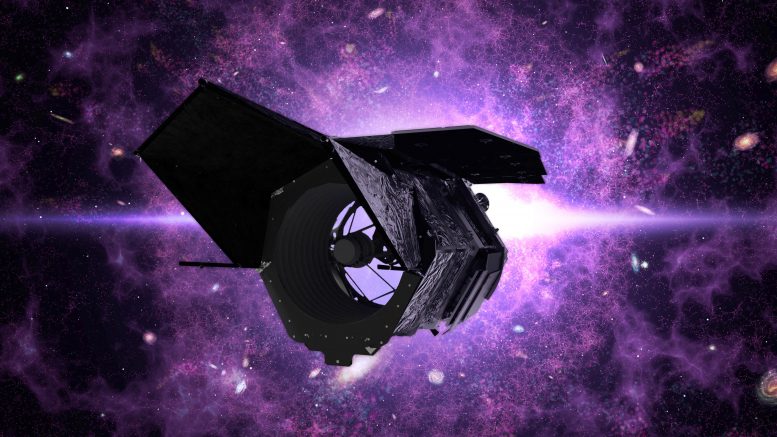
The Nancy Grace Roman Space Telescope is a NASA observatory designed to unravel the secrets of dark energy and dark matter, search for and image exoplanets, and explore many topics in infrared astrophysics. Credit: NASA
The Roman Space Telescope’s Broader Mission
Each space telescope we launch is a new window into some aspect of the Universe. The Nancy Grace Roman Space Telescope sure will be. “Though its Galactic Bulge Time Domain Survey targets bound and unbound exoplanets, we have shown that it will have unprecedented sensitivity to physics beyond the Standard Model as well,” DeRocco and his co-researchers write in their paper. That’s because it can “probe the fraction of dark matter composed of primordial black holes,” they write.
“This is an exciting example of something extra scientists could do with data Roman is already going to get as it searches for planets,” Sahu said. “And the results are interesting whether or not scientists find evidence that Earth-mass black holes exist. It would strengthen our understanding of the universe in either case.”
And who doesn’t want a stronger understanding of the Universe?
Adapted from an article originally published on Universe Today.
Reference: “Revealing terrestrial-mass primordial black holes with the Nancy Grace Roman Space Telescope” by William DeRocco, Evan Frangipane, Nick Hamer, Stefano Profumo and Nolan Smyth, 8 January 2024, Physical Review D.
DOI: 10.1103/PhysRevD.109.023013



